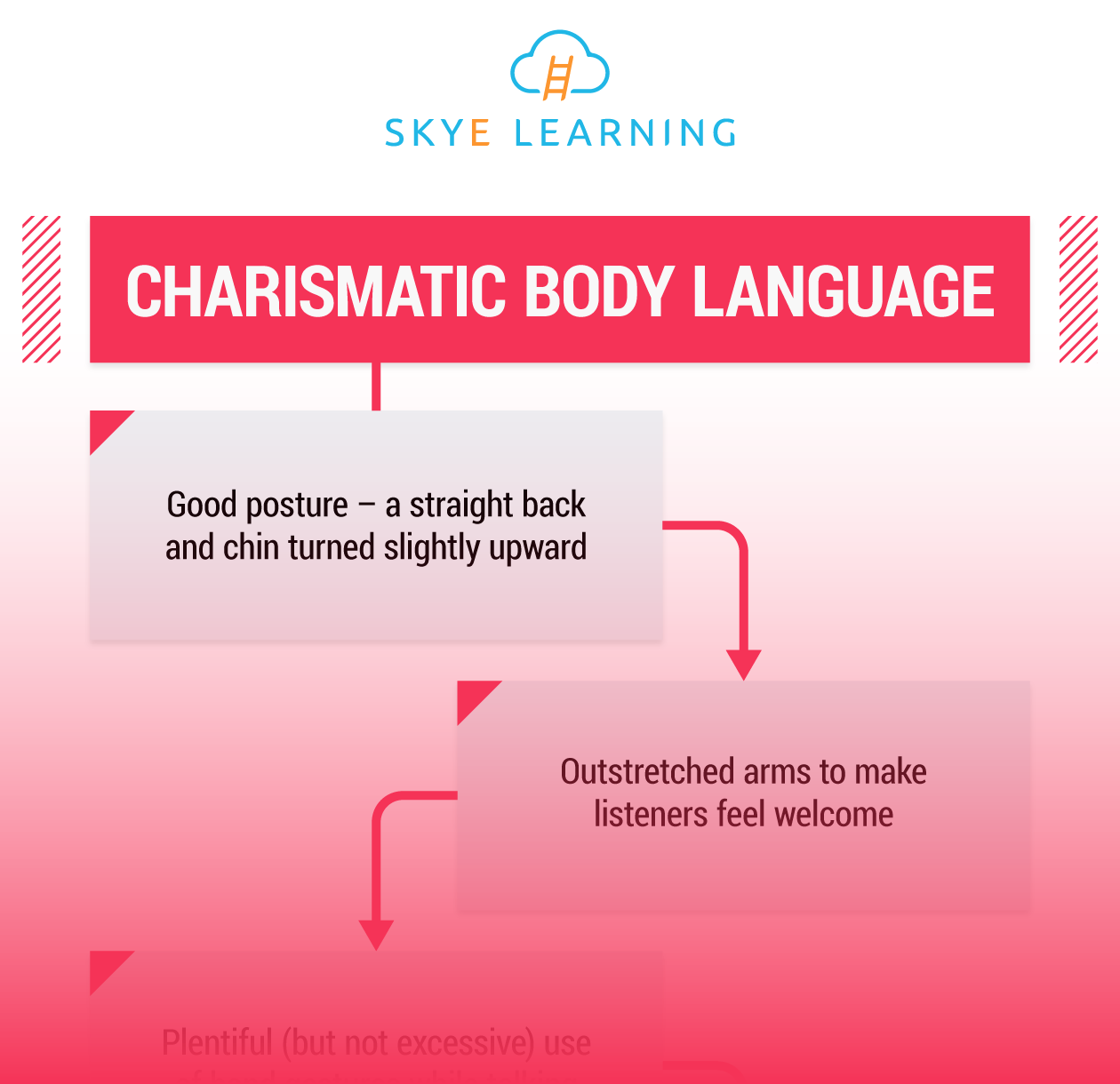While education, experience, and certification are important for scoring an interview, a new study by the HR software provider iCIMS finds that recruiters place a higher value on soft skills. From an ability to communicate well to being organized, these intangible qualities can be tough to measure, but they affect everything from productivity to collaboration.
Jen Conroy

Recent Posts
Components of an Action Plan
Today's professionals are under an increasing amount of pressure to be able to "do it all," which can lead to unhealthy amounts of stress and a decrease in motivation and self-confidence. Help combat these feelings by creating an action plan.
Action Plans describe what you need to accomplish to achieve a given goal, objective, or outcome. Action Plans often list the tasks you need to carry out in chronological order.
4 Tips for Managing Remote Employees
The novel coronavirus outbreak has forced many companies to implement mandatory remote work, an arrangement that for many is completely new and daunting. And while employees can find a plethora of advice columns online on how to make telecommuting a positive experience, there is less guidance available for managers on how to effectively lead their remote staff. According to Owl Labs’ 2019 State of Remote Work report, 15% of remote employee managers surveyed received no level of training on how to manage this growing labor force.
Top Challenges for Leading Remote Employees
The remote workforce has substantially changed the labor market forever, from the hiring process to expected benefits, from employee retention to technology costs. Yet, only about three quarters of remote employee managers have received some level of training on how to manage this new labor force.
Tips for Charismatic Body Language
A leader's loud, energetic communication style may be deemed charismatic by one group of workers, while another group might find that leader's approach to be over-the-top. For women business leaders, charisma is even more difficult to define and assess, and it can often be mislabeled based on stereotypes. Women who show charisma by being gregarious and expressive might be categorized as "chatty" or "emotional," while a calmer and more nurturing woman leader might be criticized for being too "motherly." Leadership charisma is a complicated concept with no single set of guidelines. But, the majority of workers would agree that a charismatic leader, regardless of gender, commands the room.
Work-Life Balance Tips for Women in Business
Achieving a satisfying work-life balance is a common struggle for professionals across all industries.At the core of work-life balance is the attempt to reconcile the tension between one's professional obligations and the activities that provide personal fulfillment outside of work. Experts agree that the lack of building personal fulfillment activities into one's daily schedule reduces feelings of overall happiness and can negatively impact one's health.
Body Language Tips for Women in Business
At the core of strong leadership is the ability to communicate effectively. And while much focus is placed on verbal communication skills, it is often the nonverbal messages - sent through facial expressions, body movements, and gestures - that have a greater impact.
Understanding how to read and use body language to communicate can help women business leaders, in particular, establish their positions of authority and prevent feeling constrained by gender stereotypes. Certain nonverbal cues can come more naturally than others, but like verbal communication, nonverbal messages can be controlled by the individual.
6 Tips for Managing Speaking Anxiety
For so many of us, speaking in front of an audience can be an anxiety-inducing experience. First come the physical symptoms: excessive perspiration, blurred vision, dry mouth, rapid heartbeat, and trembling hands and knees. Then, the mental effects--including confusion and mental blocking--make their appearance, making it difficult to focus and articulate our thoughts.
Fortunately, there are a number of effective techniques to deal with the common symptoms of anxiety and nervousness caused by giving an oral presentation.
Handling Job Interview Anxiety
Sweaty palms. Rapid heartbeat. Tremblings hands and legs. Dry mouth.
Have you experienced any of these physical symptoms before or during a job interview? If so, you are certainly not alone. Job interview anxiety does not discriminate; it can strike anyone, regardless of his or her age, educational background, or professional experience. Research shows that over 90% of adults in the U.S. experience job interview anxiety. The best weapons for battling nerves and anxiety before and during an interview are preparation and practice.
Joining a Video Conference? Beware of Your Body Language!
With ongoing advancements in conferencing technology and an increasing number of organizations employing global workforces, virtual communication has become a regular part of business culture. Virtual meetings, particularly video conference calls, offer many obvious benefits, including convenience and flexibility. Even a hospital stay is no longer an excuse to miss a meeting, as long as your hospital has wifi. But video conference calls can quickly turn awkward if the participants are not taking special attention to their body language cues.











.png)



